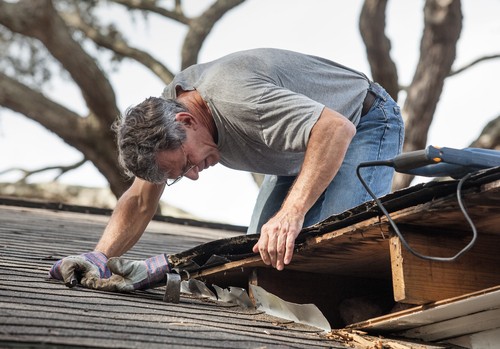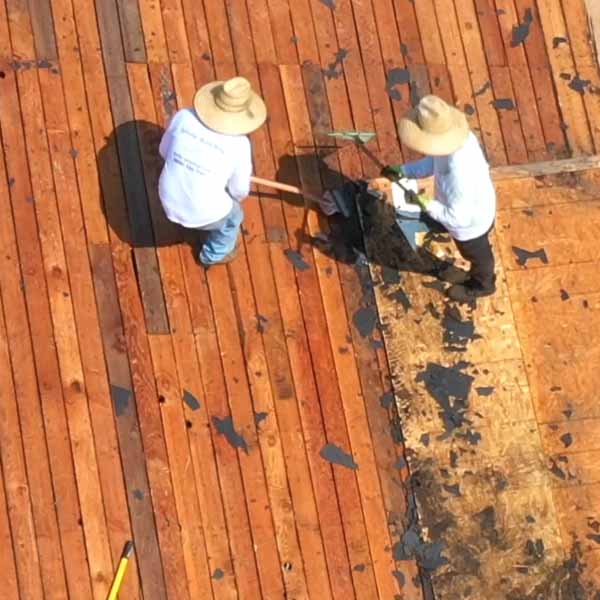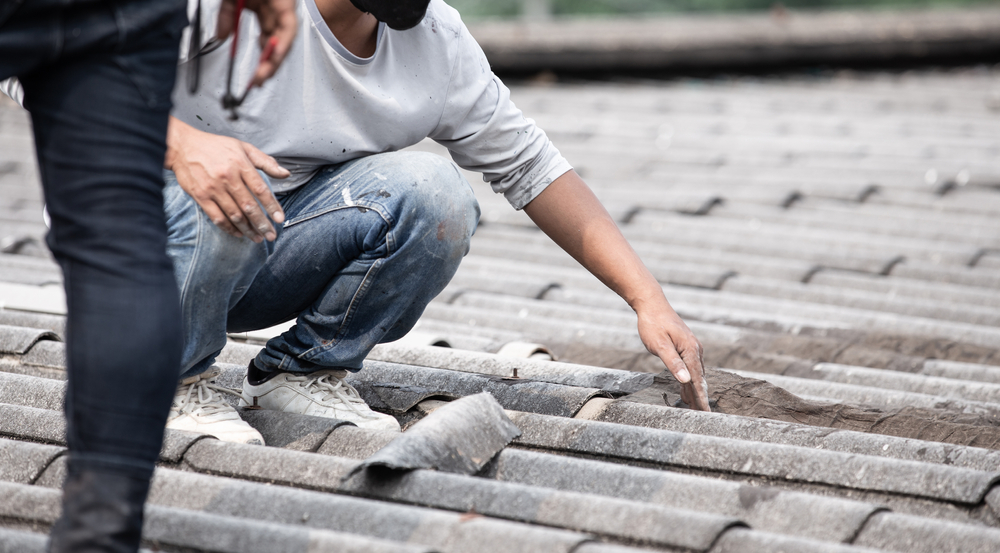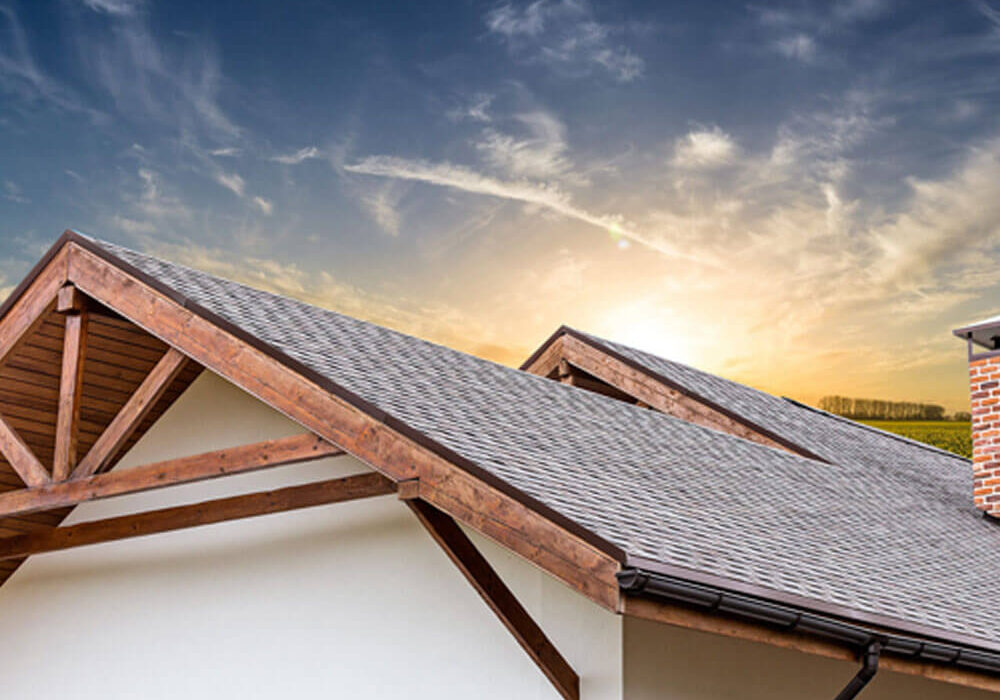- By Smile Roofing
- Roofing Tips
- 0 Comment
We’ve seen it time and time again—good roofs gone bad way too early, all because no one gave them the TLC they deserved. At Smile Roofing, we’ve worked on homes that could’ve dodged costly repairs or early replacements if only someone had done a bit of DIY roof maintenance every now and then. The good news? You don’t need to be a tradie to look after your roof. With a bit of know-how, you can do plenty yourself—and your roof will thank you for it.
Let’s walk through how you can keep your roof healthy, strong, and leak-free, all without stepping too far out of your comfort zone.
First things first—safety is everything. Before you even touch a ladder, always:
- Check the weather (dry days only!)
- Wear non-slip shoes
- Use a stable ladder
- Let someone know you’re up there

Now that we’ve got that covered, let’s dive into the good stuff.
Inspect Your Roof Twice a Year
Doing a quick check in spring and again before winter sets in can save you heaps down the track. Grab your binoculars or safely climb up to eye level and scan for things like:
- Cracked or missing tiles
- Rust spots on metal roofing
- Loose flashing around chimneys and vents
- Sagging or water pooling
This type of DIY roof maintenance gives you the upper hand—you’ll catch problems early before they grow into nightmares.
Clean Out Your Gutters Regularly
Blocked gutters don’t just overflow—they can lead to major roof damage. When water backs up, it can sneak under your roofing and rot out the timber beneath.
What you’ll need:
- Gloves
- A gutter scoop or old plastic spatula
- A hose to flush it all out

Here’s a simple way to stay on top of it:
Gutter Cleaning Schedule:
Season | What To Do |
|---|---|
Autumn | Remove leaves and debris |
Winter | Check for ice buildup |
Spring | Flush out with hose |
Summer | Inspect for rust or wear |
Regular gutter cleaning is one of the easiest ways to stay on top of DIY roof maintenance without spending a cent.
Trim Overhanging Branches
Trees are beautiful, but branches that hang over your home can become a real problem. They scratch roofing material, drop leaves into gutters, and give rodents a bridge to your roof.
Snip back branches that hang within a metre of your roof. Just be sure to:
- Use a stable ladder
- Trim in dry weather
- Don’t cut branches too close to the trunk (this can damage the tree)
This part of DIY roof maintenance often gets skipped, but it’s simple and makes a big difference in how long your roof lasts.
Keep an Eye on Moss and Algae
That green stuff growing on your roof? It’s not just ugly—it can trap moisture and slowly eat away at your roof’s surface.
Here’s what you can do:
Moss Removal Steps:
- Gently brush off loose moss using a broom with soft bristles
- Mix a solution of 50% water and 50% white vinegar
- Spray the mixture on affected areas
- Let it sit for 30–60 minutes
- Rinse with low-pressure water
Don’t use a high-pressure washer—it can damage your roof. With this simple DIY roof maintenance method, your roof stays clean and safe from long-term moisture issues.
Replace Broken or Slipped Tiles Promptly
One broken tile might not seem like a big deal, but water doesn’t need a big gap to find its way in. If you notice:
- A slipped tile
- A tile with cracks or holes
- Or missing pieces
It’s time to act.
You can replace a tile yourself with the right approach. Just slide the broken one out, slip the new one in, and tap it down gently with a rubber mallet. Always be careful walking on tiled roofs—step on the lower third of the tile to avoid breakage.
Doing this kind of DIY roof maintenance stops leaks before they start.
Seal Up Any Small Gaps or Cracks
Roofs have seals and joints that can wear out with age—especially around skylights, vents, or chimneys. If you see gaps or notice water stains inside your ceiling, it could be time for a seal-up.
Use roofing sealant or silicone caulk to:
- Fill small cracks
- Reseal around flashing
- Patch up minor leaks
Never ignore little signs—water always finds the easiest path. A quick fix today can stop a major problem tomorrow. Another great reason to stay on top of your DIY roof maintenance.

Keep Ventilation in Check
A well-ventilated roof space helps regulate temperature and moisture. Without it, you can end up with condensation, mould, and wood rot.
Here’s how to make sure your ventilation’s up to scratch:
Roof Vent Checklist:
- Look for vents near the eaves and ridges
- Make sure they’re not blocked by insulation or debris
- Check for airflow inside your roof cavity
If you’ve got poor ventilation, speak to a roofing expert about installing more vents. It supports all the work you’ve done through DIY roof maintenance by preventing long-term damage from within.
Check the Roof After Big Storms
Storms can knock things loose or cause damage you won’t notice right away. After a wild weather event, take a few minutes to:
- Walk around the house and check from all angles
- Look for pieces of roofing or flashing in the yard
- Check the ceiling inside your home for water spots

Don’t wait until next season—some of the best DIY roof maintenance is reactive. Quick checks after storms can help you jump on repairs before they get serious.
Quick List of Roof Red Flags:
A – Algae or moss buildup
B – Broken tiles
C – Cracks or holes in flashing
D – Debris in gutters
E – Exposed underlayment
Spot any of these? Time to get on the tools or call in a trusted roofing expert like us.
Let’s Recap the Key DIY Roof Maintenance Tips
- Inspect your roof twice a year
- Clean gutters at least every season
- Trim overhanging branches
- Clear off moss and algae
- Replace broken or missing tiles
- Seal up cracks early
- Check and improve ventilation
- Inspect after storms
Following these steps isn’t just smart—it could add years to your roof’s lifespan and save you thousands in repairs. That’s the power of regular DIY roof maintenance. It’s not about being perfect, it’s about being proactive. Your roof doesn’t ask for much—but it does need a little love now and then.
If you ever find something that feels a bit out of your league, we’re here to help. At Smile Roofing, we believe peace of mind should never be out of reach. Give us a shout if you’d like us to take a closer look or lend a hand with anything you’re not comfortable tackling yourself.
Because a healthy roof means a happy home—and that’s something we can all smile about.
Frequently Asked Questions
We recommend inspecting your roof at least twice a year—once in spring and again before winter. If there’s been a big storm, it’s smart to do an extra check to spot any damage early. Regular inspections help catch small issues before they become big problems.
Look for cracked or missing tiles, rust spots, sagging areas, blocked gutters, moss or algae growth, and any signs of water inside your ceiling. These are all red flags that your roof might need a bit of love or a quick repair.
Absolutely—you can do a lot of basic roof maintenance on your own, like cleaning gutters, trimming branches, and checking for visible damage. But if you’re unsure, don’t feel confident on a ladder, or notice serious issues, it’s always safer to call in a pro like us.
You don’t need much to get started. A stable ladder, gloves, a gutter scoop or spatula, garden hose, soft broom, white vinegar, and roofing sealant are handy basics. For tile replacement, keep a rubber mallet on hand. Safety gear like non-slip shoes is a must.
Yes, moss can actually cause damage over time. It holds moisture against your roof, which can lead to leaks or structural issues. It’s best to remove it gently and treat the area using a safe vinegar solution. Staying on top of it helps extend your roof’s life.


